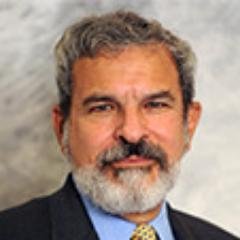Issue Briefs

Poland Is Becoming the Keystone of NATO’s Evolving Security Architecture
September 18, 2019
By Dan Gouré
The Republic of Poland is rapidly becoming the critical member of the NATO Alliance in its increasing efforts to deter Russian military threats and counter Moscow’s attempts to subvert European democracy. Poland is no free rider when it comes to European security. It is spending more money in terms of a percentage of GDP than other NATO countries. The Polish military has a serious modernization program underway that over time promises to make it a serious counterweight to the Russian Army. Poland is also the obvious place for NATO to base its defense of Europe. This is the primary reason why the U.S. has deployed heavy combat forces in that country and plans to significantly increase its presence in the next few years.
This week’s visit by U.S. Vice President Pence to Poland served both to underscore the growing security relationship between the two countries and to make clear the latter’s growing role in NATO’s defense strategy. In his remarks in Warsaw, the Vice President noted the various ways that Poland was stepping up as a major contributor to NATO’s security. For example, he pointed out that Poland is one of only seven NATO members to meet its obligation to spend 2 percent of GDP on defense. Pence complimented the Polish military’s effort to acquire modern equipment from the United States, notably the Patriot air defense system and the High Mobility Artillery Rocket System. Most important of all, the Vice President announced that Poland and the United States had reached an agreement to increase the number of American troops that would be deployed in that country from 4,500 to 5,500.
The views and opinions expressed in this issue brief are those of the author.
 |
Dan Gouré, Ph.D., is a vice president at the public-policy research think tank Lexington Institute. Goure has a background in the public sector and U.S. federal government, most recently serving as a member of the 2001 Department of Defense Transition Team. |